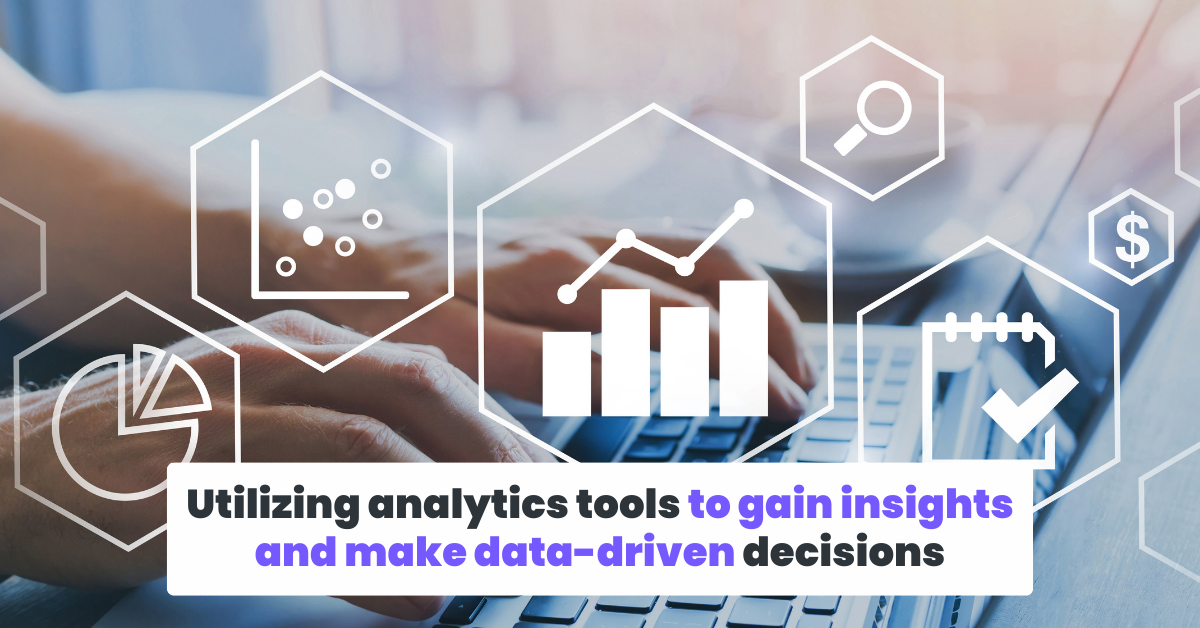Want to stand out in a crowded market? Get ready to unlock the remarkable power of content advertising mastery.
Imagine yourself in a busy marketplace surrounded by countless brands trying to grab attention. It can be noisy and overwhelming. And you wonder how to break through and make your voice heard.
That's where content advertising comes into play. It's like having a superpower that helps you cut through the noise and captivate your audience.
So, why is content advertising so crucial in modern digital marketing anyway?
Think of it as a special key that unlocks doors to your customers' hearts.
Without it, your brand may get lost in the crowd. Or be overshadowed by others who have mastered the art of engaging storytelling.
But with content advertising, you have the key to connect deeply with your audience, stand out, and forge meaningful relationships.
In this blog post, we will explore the following:
- What is content advertising?
- The difference between content advertising and traditional advertising
- Benefits of content advertising
- The critical component of content advertising
- How to develop an effective content marketing strategy?
- How to leverage paid channels?
- How to measure the success of content advertising?
- How to navigate the content advertising landscape?
- How to scale your content advertising efforts?
We'll equip you with the tools and knowledge to make your brand shine and leave a lasting impression on your audience.
Are you ready to take this remarkable journey? Let's get started!








